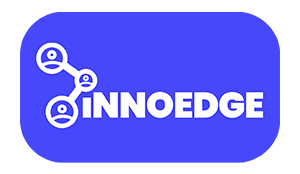Insider threats represent a significant and often overlooked risk within cloud environments, where the accessibility and vastness of data can exacerbate the potential for damage. Recognizing, monitoring, and mitigating these risks through comprehensive strategies, including employee training, access controls, and behavioral analytics, are crucial for protecting organizational assets in the cloud.
The migration to cloud environments has transformed the way organizations operate, offering unprecedented scalability, flexibility, and efficiency. However, this digital transformation also introduces new vulnerabilities, notably the risk of insider threats—a silent danger lurking within the very fabric of organizations.
Understanding Insider Threats
Insider threats arise from individuals within the organization—employees, contractors, or partners—who have authorized access to the company’s network, systems, and data. These threats can manifest as malicious actions intended to steal or compromise data, but they can also result from negligence or accidental actions that put sensitive information at risk.
The Magnified Risk in Cloud Environments
Cloud environments, with their distributed nature and extensive data storage capabilities, magnify the potential impact of insider threats. The ease of accessing and sharing data across cloud platforms can lead to increased opportunities for data leakage, whether intentional or accidental.
The Cost of Complacency
The consequences of insider threats in cloud environments are far-reaching. Beyond the immediate financial impact and potential data loss, organizations face reputational damage, legal repercussions, and a loss of customer trust that can be devastating.
Strategies for Mitigation
- Comprehensive Access Controls: Implement the principle of least privilege, ensuring individuals have access only to the data and resources necessary for their role.
- Robust Employee Training and Awareness Programs: Educate staff on the importance of data security, recognizing phishing attempts, and following best practices for data handling.
- Behavioral Analytics and Monitoring: Use advanced analytics tools to monitor user behavior, detecting anomalies that could indicate malicious activities or policy violations.
- Incident Response Planning: Develop and regularly update an incident response plan that includes procedures for addressing insider threats.
- Regular Audits and Reviews: Conduct periodic audits of user activities and access levels to identify potential risks and ensure compliance with security policies.
Key Takeaways
- Insider threats in cloud environments are a multifaceted risk that requires a layered approach to security.
- Education, access control, and behavioral monitoring are critical components of a comprehensive strategy to mitigate these threats.
- Proactive measures, including incident response planning and regular audits, are essential for early detection and response to insider activities.
Conclusion
The silent danger of insider threats in cloud environments underscores the need for vigilance and proactive security measures. By acknowledging the risk, implementing strategic defenses, and fostering a culture of security awareness, organizations can significantly reduce their vulnerability to the dangers within.



